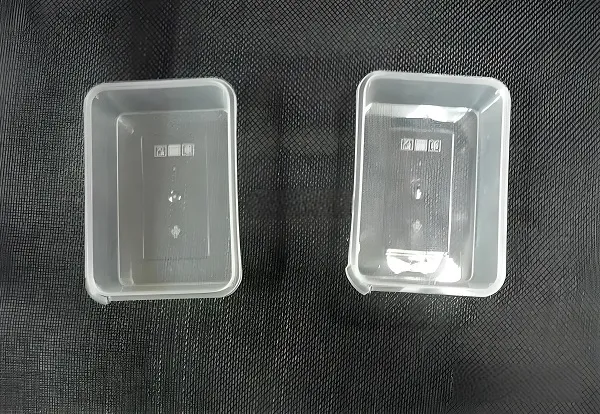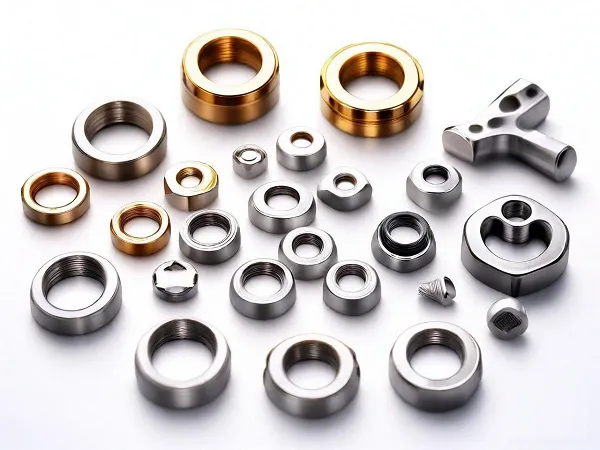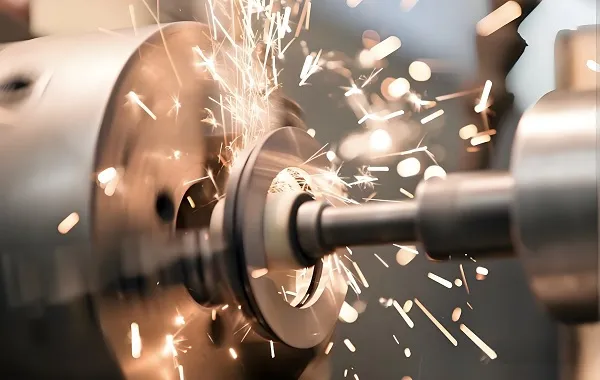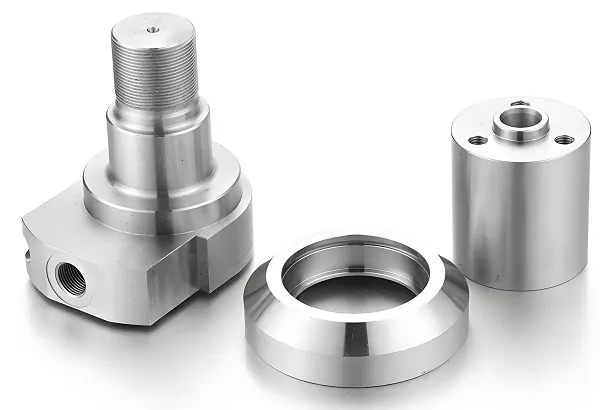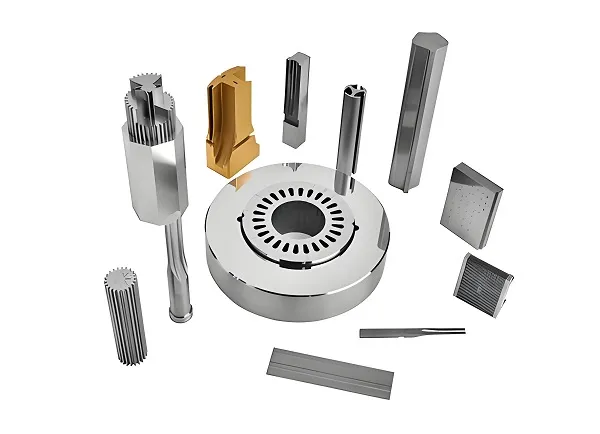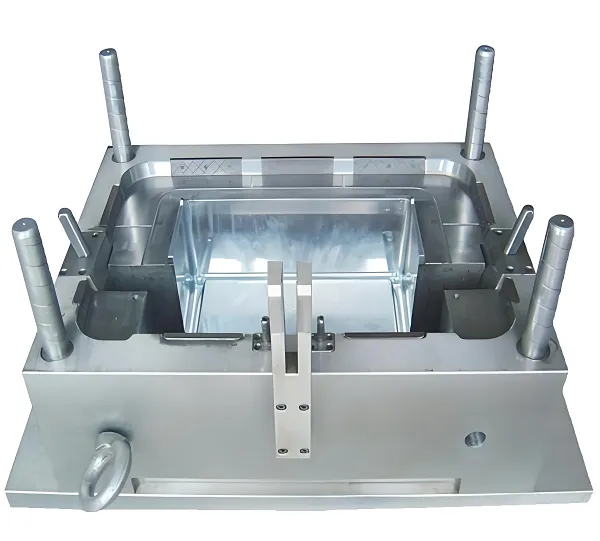In the world of injection molding, wall thickness design is critical to ensuring the performance and quality of parts. An appropriate wall thickness not only saves material costs, but also prevents common production defects such as shrink marks, while providing the part with sufficient strength and durability. Conversely, a wall thickness that is either too thick or too thin can cause a range of problems that can affect the overall performance of the final product.
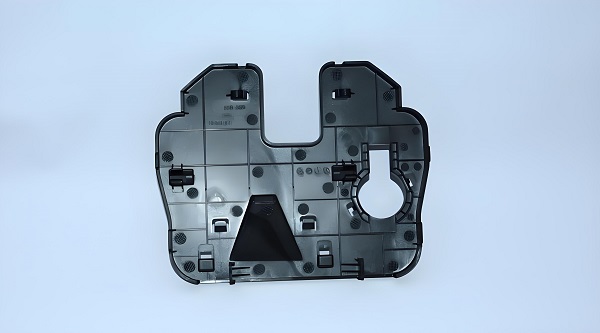
To achieve high-strength, high-reliability injection-molded parts, we always strive to maintain a uniform wall thickness that is no less than the minimum required for a given plastic material. This strategy not only optimizes material efficiency, but also reduces cooling times and production cycles. However, while ensuring fast production, we pay equal attention to the structural strength of the parts, balancing speed and quality through careful design.
Minimum Wall Thickness Guidelines for Injection Molded Plastic Materials
Different types of injection molded plastics have different minimum wall thickness requirements due to their unique chemical and physical properties. The following is a general guide listing recommended minimum wall thicknesses for a variety of common plastic materials:
Acrylonitrile butadiene styrene (ABS): 0.045 inches (1.14 mm)
Acrylic: 0.025 inches (0.64 mm)
Fiber-reinforced plastic (FRP): 0.075 inches (1.91 mm)
Nylon (PA): 0.030 inches (0.76 mm)
Polycarbonate (PC): 0.040 inches (1.02 mm)
Polyester (PET): 0.025 inches (0.64 mm)
Polyethylene (PE): 0.030 inches (0.76 mm)
Polyoxymethylene (POM or acetal): 0.030 inches (0.76 mm)
Polyurethane: 0.080 inches (2.03 mm)
Key considerations when designing wall thickness
Material Selection: The specific wall thickness requirements of different plastic materials should be fully considered early in the design process, with possible material substitutions to optimize productivity and product quality.
Influence of neighboring walls: Wall thickness does not exist in isolation and the design of neighboring walls can have an impact on it. To avoid filling difficulties, no wall thickness should be less than 40% to 60% of the adjacent wall.
Wall thickness transitions: Sections with varying wall thicknesses are particularly susceptible to production problems, so the design should maximize the use of smooth transition zones to minimize potential production defects.
Avoid sharp corners and unsupported walls: Sharp inside corners and long spans of unsupported walls increase production difficulty and risk of defects and should be avoided.
Draft angle: Proper draft angle is critical to ensure smooth demolding of injection molded parts and should be maintained consistently throughout the design.
Design and application of reinforcement
Reinforcement bars are an effective solution for parts that require high strength but thin wall thickness. However, reinforcement bars need to be carefully designed and their location, orientation and size are all critical to their reinforcement effect. Typically, reinforcement bars should be 50 to 60 percent of the nominal wall thickness, no more than three times the nominal wall thickness in height, and spaced at least twice the nominal wall thickness. In addition, the proper draft angle and radius at the intersection of features are important factors in ensuring the effectiveness of the reinforcement.
Xiamen Goldcattle: Leader in Custom Injection Molding Services
As a leader in injection molding, Xiamen Goldcattle is committed to providing a full range of customized services. From material selection to reinforcement design, we have the experience and expertise to help our customers optimize their part designs to achieve the quality, strength and consistency needed in the final product. Whether it is the characterization of a complex part or the production of a high-strength accessory, we are able to provide our customers with a satisfactory solution.

